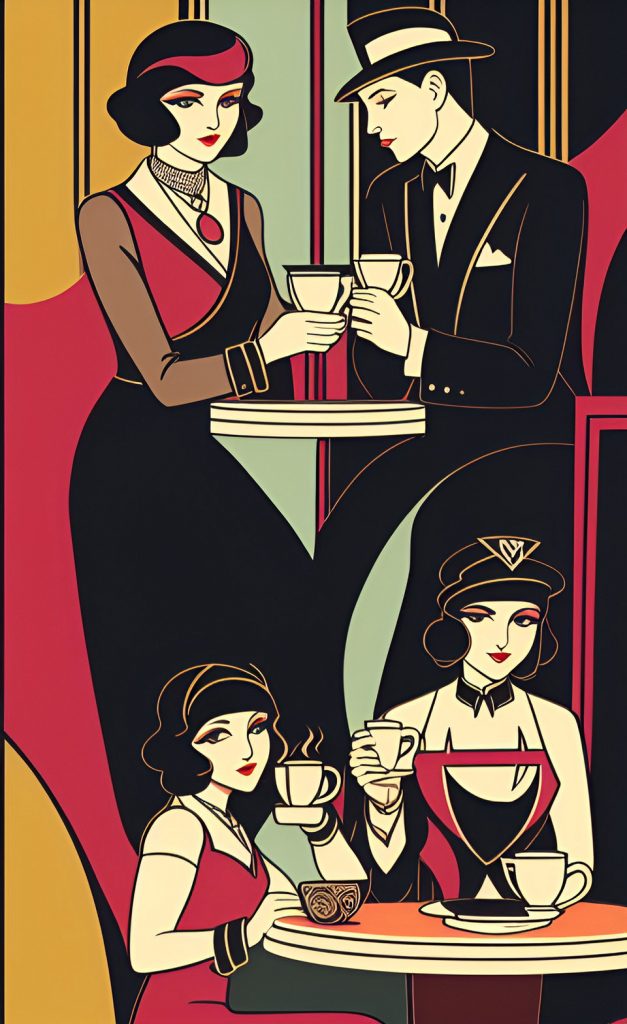Coffee is one of the most consumed beverages in the world, and people have been drinking it for centuries. The way in which coffee is consumed has evolved over time, from being a simple cup of coffee to a caffeinated art form. In the 60’s, coffee drinking was a simple ritual with limited options, but now there are countless ways to enjoy this delicious beverage. In this blog post, we’ll explore the changes in the way coffee is consumed today and how it has evolved from the 60’s.
In the 60’s, coffee drinking was mostly done at home, and there were only a few options for making coffee. People would either use a percolator or drip coffee maker to produce a basic cup of coffee. There was no such thing as a Starbucks or barista to provide complex and specialized coffee drinks. Even the coffee shops of the time were more like diners than anything else, and the baristas would brew coffee and pour it into a basic ceramic mug. This age of coffee consumption was all about a hot, steaming cup of coffee that was comforting and enjoyable.
Today, the coffee industry has evolved into a multi-billion-dollar industry, and the options available to coffee drinkers have become quite complex. There’s everything from pour-over coffee, cold-brew coffee, espresso, and lattes, to name a few. The rise of Starbucks and other coffee chains has created a coffee culture where people come for the experience and not just the coffee itself. The baristas of today are coffee artists, carefully crafting specialty drinks with intricate designs, and flavors that transport the consumer with just one sip.
In the 60’s, coffee was straightforward, with no concept of fair-trade coffee or organic coffee. People drank coffee to simply enjoy it without much thought or knowledge of where the beans came from or if they were ethically sourced. But today, many coffee companies have shifted their focus towards sustainability, organics, and fair trade, giving consumers a conscious choice when it comes to the coffee they drink.
The way coffee is consumed has also shifted from being solely enjoyed at home to becoming a social event. Cafes and coffee shops have now become the preferred hangout spot. The rise of coffee in social culture has led to coffee shops becoming places for people to work, study, and hang out with friends. Coffee shops have become more about the experience and atmosphere than the actual coffee itself.
Coffee drinking has come a long way since the 60’s. The industry has evolved into a culture where people come for the experience and not just a hot beverage. The rise of coffee shops and chains has created a social and cultural experience, separate from pure coffee consumption. With the focus on ethical and sustainable coffee, consumers are now educated on the topic, with a conscious choice of what coffee they enjoy. Overall, the evolution of coffee shows that even the simplest of things can turn into a complex and beautiful form of art.
Please note that if you purchase from clicking on the link, some will result in my getting a tiny bit of that sale to help keep this site going.



